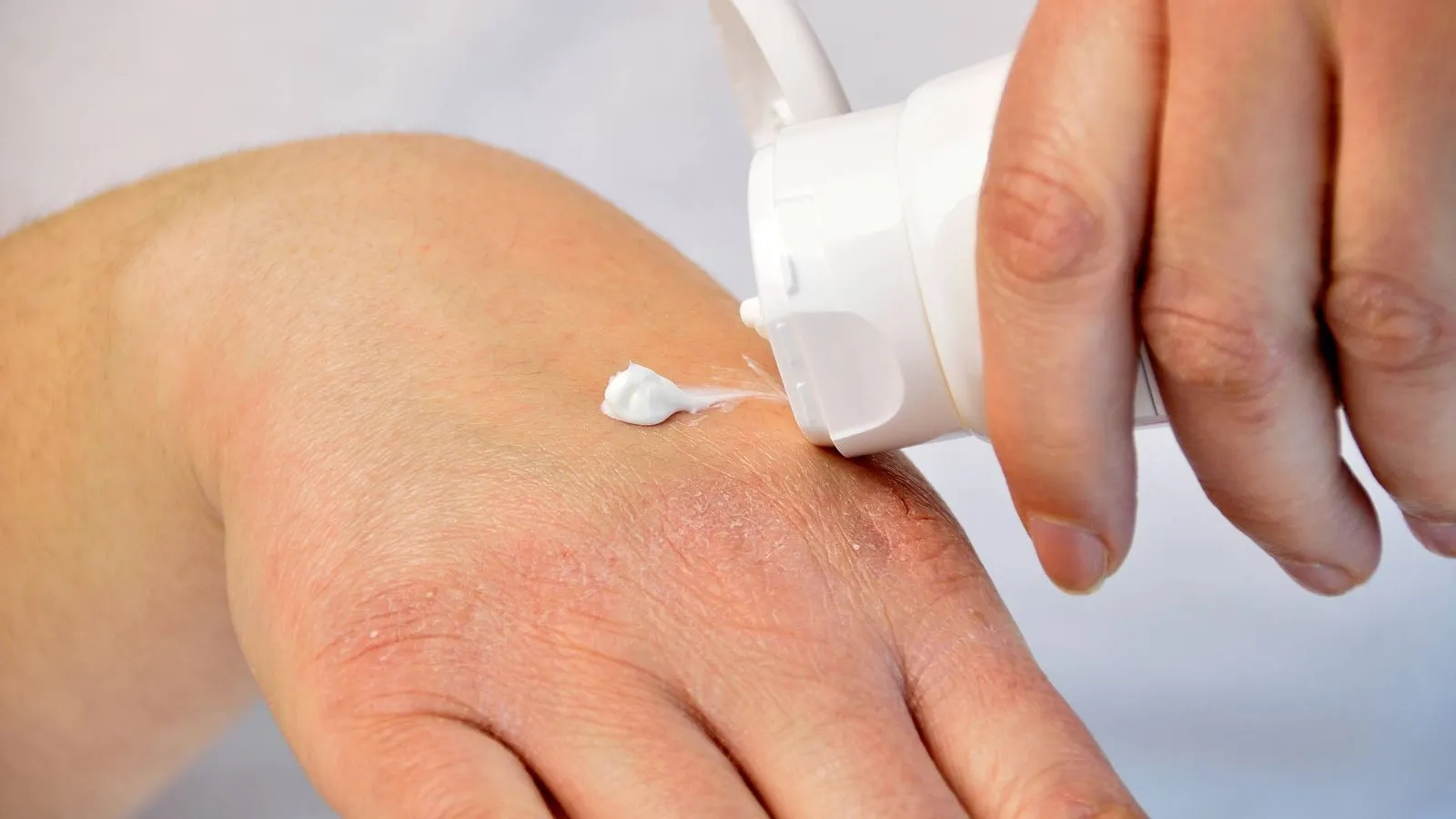Dry skin is not an aesthetic problem, but a disease called xerosis, which is characterized by itching, pruritus, peelexation, inflammation with ease, little elasticity, becomes rough, begins to present grooves and is susceptible to infections and break it easilywhat could detonate in ulcers.
People with diabetes suffer from this condition because they begin to have circulation problems and the skin does not "receive" the necessary blood and nutrients, explains Dr. David O. Ramírez Nurseries, a dermatologist surgeon.
In particular, the specialist does, people with diabetes must use creams with great moisturizing capacity, and also help the skin to maintain that humidity during the day.In particular, those that contain urea, a molecule that hydrates, helps to regulate the fluid retention system, maintain blood pressure or eliminate excess toxins and that functions as a sealant in order to prevent the moisture of the skin from beinglose.
The application must be carried out at least twice a day and especially in the next three minutes after having finished bathe, removing a bit of the skin, since at this time it is when its ability to better absorb the better absorbcream that is applied to the surface.
The specialist explains that dryness especially in patients with atopic dermatitis or diabetes is mainly accentuated in two times of the year: in summer, because the sweat that we "secrete" does not serve to hydrate the skin but quite the opposite.
And in winter by the cold the skin is more easily dry, manifesting itself with itching.
In order to avoid skin complications, the specialist recommends going to the dermatologist at least once a year, to perform a review and if he has any discomfort, the doctor indicates an adequate treatment as a prevention measure.
Having dry skin is a disease;People who have diabetes are prone to keep in mind this discomfort, therefore, they must follow medical indications and perform all the exercises that are recommended, to recover and not present annoying symptoms.








